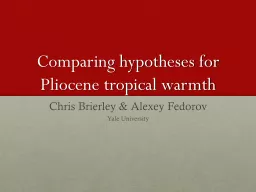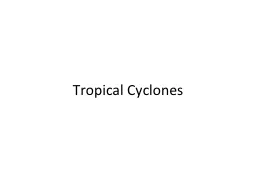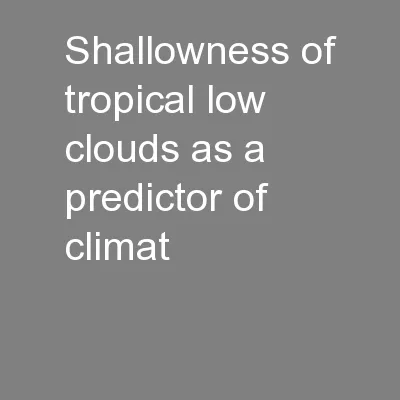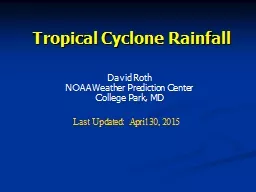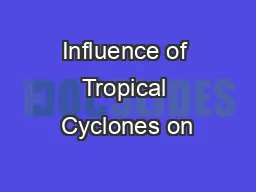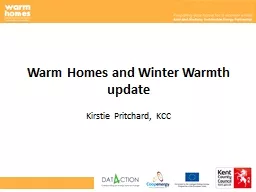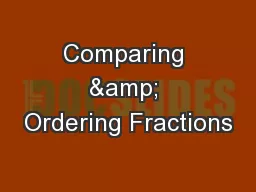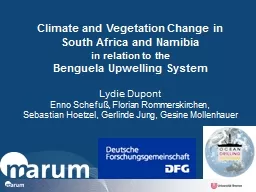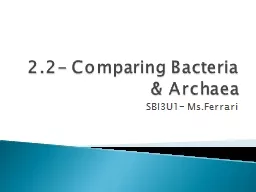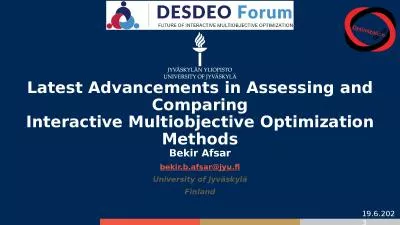PPT-Comparing hypotheses for Pliocene tropical warmth
Author : mitsue-stanley | Published Date : 2017-05-17
Chris Brierley amp Alexey Fedorov Yale University Outline When was the Pliocene What did the Pliocene climate look like Why was the Pliocene climate like that
Presentation Embed Code
Download Presentation
Download Presentation The PPT/PDF document "Comparing hypotheses for Pliocene tropic..." is the property of its rightful owner. Permission is granted to download and print the materials on this website for personal, non-commercial use only, and to display it on your personal computer provided you do not modify the materials and that you retain all copyright notices contained in the materials. By downloading content from our website, you accept the terms of this agreement.
Comparing hypotheses for Pliocene tropical warmth: Transcript
Download Rules Of Document
"Comparing hypotheses for Pliocene tropical warmth"The content belongs to its owner. You may download and print it for personal use, without modification, and keep all copyright notices. By downloading, you agree to these terms.
Related Documents

